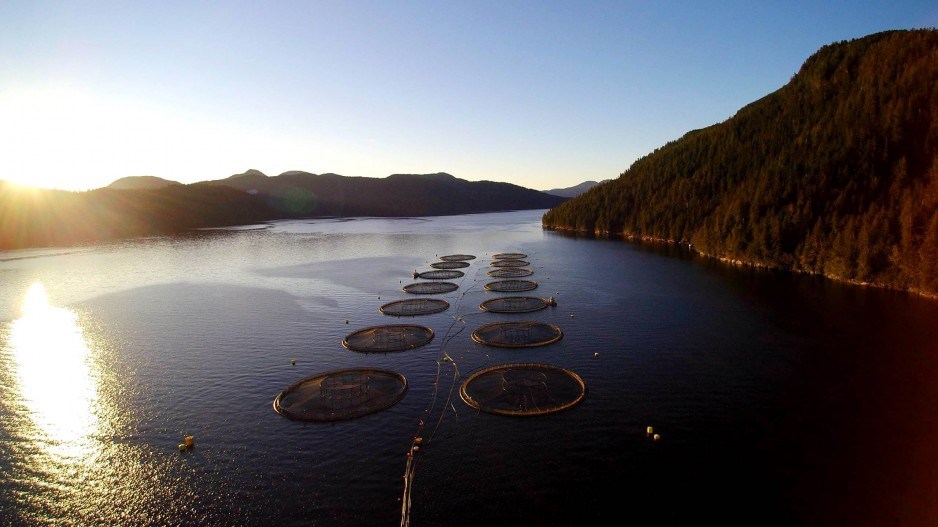New research by B.C. scientists who infected salmon with piscine orthoreovirus (PRV) have found no mortalities or impact on fish health.
PRV transmitted from farmed Atlantic salmon in B.C. to wild salmon has been identified as a potential threat to wild salmon.
While some studies have linked PRV to various diseases in salmon, like heart and skeletal muscle inflammation (HSMI), others have concluded the virus – or at least the strain found in B.C. – is benign.
The latest research involved scientists from the University of BC, Department of Fisheries and Oceans and the B.C. Ministry of Agriculture, Food and Fisheries.
In that study, published in BMC Biology, sockeye salmon at the Pacific Biological Station in Nanaimo were infected with high concentrations of PRV. For control purposes, some fish were given saline injections, and others were infected with infectious hematopoietic necrosis virus (IHNV). The fish were then later tested for respiratory fitness.
A total of 400 salmon were part of the nine-week study. While there was a 30% mortality rate for salmon infected with IHNV, none of the salmon infected with PRV died. Researchers found “no physiological differences between PRV-infected fish and a control group, injected with a salt solution.”
“This means PRV poses a very low risk to British Columbia’s population of wild Pacific salmon,” Yangfan Zhang, a researcher at UBC’s faculty of land and food systems, said in a UBC news release.
“The findings highlight that not all animal viruses cause notable harm during infection,” said Mark Polinski, a DFO scientist and co-lead author of the study.
Researchers measured the ability of red blood cells in salmon infected with PRV to bind oxygen in order to evaluate the fish’s ability to maximize use of oxygen and recover from exhaustion.
“The experimental PRV infection of sockeye salmon shows that the virus had no substantial impact on their oxygen use during maximum exercise, or when oxygen is low,” Farrell said.




